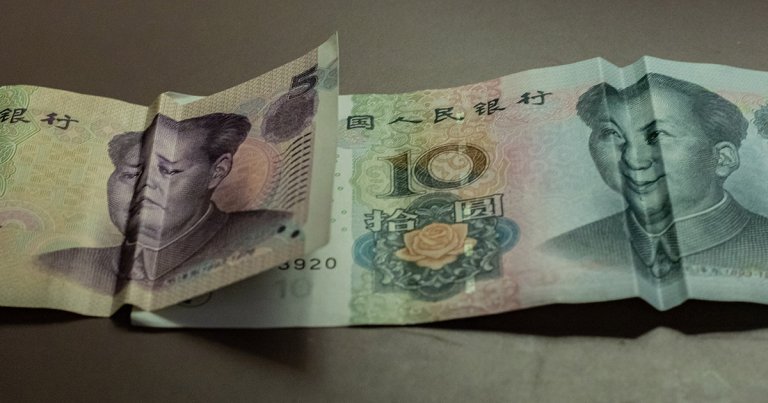 China wants to eventually track all transactions over $14,000 with the digital yuan
China wants to eventually track all transactions over $14,000 with the digital yuan China wants to eventually track all transactions over $14,000 with the digital yuan

Cover art/illustration via CryptoSlate. Image includes combined content which may include AI-generated content.
China’s digital currency aspirations are both unprecedented and unparalleled. The former because not many critics pinned their hopes on the Far Eastern giant to be the beacon holder for blockchain technology, the latter as no other nation is close to China’s progress with in terms of digital currency development.
But the advancement of disruptive technology is not China’s motive to spearhead digital currency development, if recent developments are considered.
Instead, the Eastern superpower wants to leverage blockchain to gain a greater foothold over its citizens’ transactions and financial activities — an ideology completely contrary to that of Bitcoin’s.
Capping all large transactions
Nikkei Asia reported June 27 the country will now track all “large” transactions over RMB 100,000 (or $14,000 at current rates) to curb capital flight and closely monitor fraud.
Starting July, banks in China’s Hubei province shall record serial numbers for all cash transactions over the 100,000 yuan threshold; and reporting gross figures to the People’s Bank of China (PBoC).
Eventually, the digital yuan will be deployed to provide real-time insights and transaction Chinese regulators — with the ultimate motive to stamp out currency fraud in the country.
While no exact date for the launch exists, reports suggest President Xi Jinping is pushing the launch of Digital Yuan before the 2022 Winter Olympics in Beijing.

Observers believe the event will be fully digital, with the digital yuan playing a significant role in terms of financials.
Hubei denizens get a small-cap, those in Shenzhen — a technology hub bordered with Hong Kong — get a 200,000 yuan ($28,000) threshold.
Business accounts have their threshold set at 500,000 yuan in the two areas and the Zhejiang province. This is to presumably accommodate for their cash dealings.
Capital flight affecting China
The government has been cracking down on individuals trying to smuggle yuan out of the mainland to acquire Hong Kong or U.S. dollars. Beijing hopes to put in place a complete tracking regime that will help prevent capital outflows.
Another factor is the ongoing U.S.-China trade, one that has affected the stock markets in both nations and, to some extent, their fiat as well. Nikkei notes:
“China’s foreign reserves exceed $3 trillion, the figure is less when accounting for the surge in dollar-denominated debt, as well as for U.S. government bonds that can be cashed out quickly.”
Capital outflows have, historically, lead to the dumping of the yuan. This weakens the Chinese currency and squeezes its foreign currency reserves.

In 2020 alone, capital outflows from China via bank transfers and other channels exceeded $30 billion in the January-March period. While the question of capital flight being controlled by issuing a digital yuan is debatable, one thing’s evident, China is not looking to embrace the decentralized ethos of cryptocurrencies any time soon.
























































